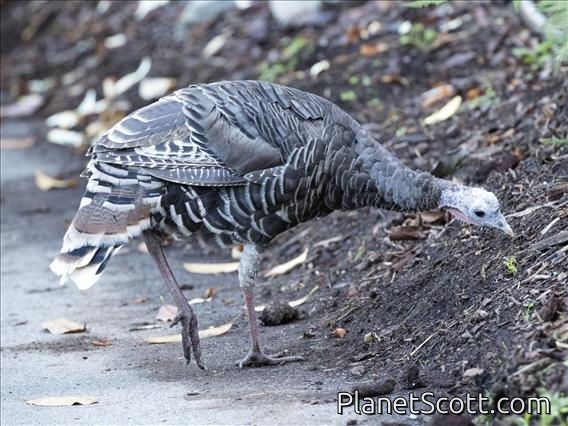Wild Turkey (Meleagris gallopavo)

Wild Turkey (Meleagris gallopavo)
×


Wild Turkey (Meleagris gallopavo)
About Wild Turkey (Meleagris gallopavo)
- Kingdom: Animals
- Phylum: Chordates
- Class: Birds
- Order: Turkey-like birds
- Family: Grouse, Turkeys, and Allies
The wild turkey is an upland game bird native to North America, one of two extant species of turkey and the heaviest member of the order Galliformes. It is the ancestor to the domestic turkey, which was originally derived from a southern Mexican subspecies of wild turkey.
Source: Wikipedia
Visits
-
2001-10-01
Henry Coe State Park, United States of America -
2007-03-11
Big Island - Hakalau Forest NWR, United States of America -
2007-04-09
Anza-Borrego Desert State Park, United States of America -
2007-04-10
Cuyamaca State Park, United States of America -
2009-06-10
Effie Yeaw Nature Center, United States of America -
-
2011-05-29
Del Puerto Canyon and Mines Road, United States of America -
2012-07-11
Theodore Roosevelt National Park - South Unit, United States of America -
2013-03-04
John Heinz NWR at Tinicum (IBA), United States of America -
-
2014-07-12
Windy Hill OSP, United States of America -
2014-09-23
Redwood Valley, United States of America -
-
-
-




